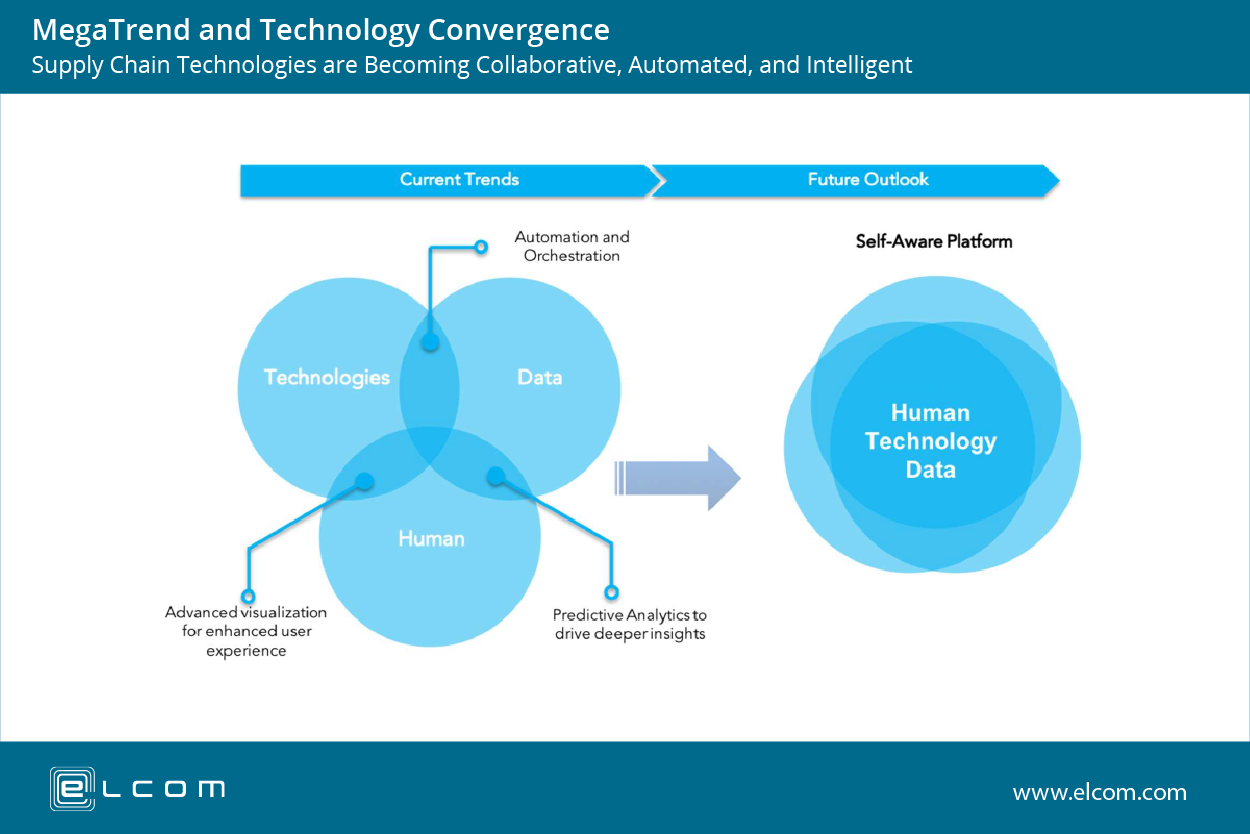COVID-19 has affected so many aspects of our daily lives and nowhere has this been more pronounced than in industry and commerce, with most businesses having to adapt in order to survive. Procurement is one area that has seen many changes in the past 2 years and this looks to set to evolve further as the pandemic continues to affect supply chains around the world.
Here are some of the key trends we can expect to see in 2022 and beyond:
1. Sustainability becoming increasingly important
Organisations are starting to recognise that sustainable practices make good business sense, not just from a moral standpoint. As a result, procurement will increasingly focus on sustainability when making purchasing decisions. This will include favoring suppliers who have a commitment to ethical sourcing and green supply chains, as well as looking for ways to reduce environmental impact throughout the procurement process.
2. The rise of blockchain
Blockchain is presently seen as the global megatrend ledger technology and is expected to transform fundamental operations of multiple industry sectors. Blockchain technology is expected to solve the biggest challenge of the supply chain industry, such as an end to end visibility, traceability, transparency, and security. According to Capgemini Digital Procurement Research, many organisations are now using the blockchain instead of traditional filing systems as it is more efficient, reliable and helps them to better keep track of their inventory.
As per the Quadrant knowledge Research, organisations are already leveraging blockchain-infused P2P solutions for processing payments, eliminating processing costs, enhancing cycle time, and removing the need to transfer transaction data between trading partners. Users should also consider blockchain-powered P2P platforms that help organisations mitigate issues concerning duplicate data and reconciliation.
3. Procurement becomes more “touchless” by using automation and AI
This trend is already well on its way, with procurement teams increasingly looking for ways to automate tasks that can be done faster by technology than humans, while still maintaining accuracy and compliance. We will likely see increased use of AI and ML in procurement too, especially in the areas of data analytics and decision support systems – where they allow procurement professionals to make better decisions faster.

4. More procurement functions become decentralised
As organisations decentralise procurement, procurement teams may be forced to work outside of their usual functions. They may find themselves working alongside operational functions that have little or no procurement experience or being asked to drive procurement activities across business units they are unfamiliar with.
5. Procurement becomes more proactive on contingency planning
As organisations become increasingly concerned about resilience and continuity of operations in the face of a pandemic situation, procurement will need to play an important role in developing contingency plans for key suppliers. This could mean helping design robust contracts with suppliers, as well as assessing their core capabilities so procurement can provide advice on alternatives should any critical suppliers become unavailable.
6. A continued focus on supply chain management
The Covid pandemic is highlighting the importance of a well-managed supply chain. Procurement will continue to focus on streamlining and improving supply chains, to reduce the risk of disruptions caused by supplier failure or unexpected events.
7. The globalisation of the workforce
As procurement becomes more globalised, we can expect to see an increased emphasis on workforce localisation – that is, ensuring that procurement teams have the skills and knowledge required to work with suppliers in different parts of the world. This will require procurement professionals to be more culturally aware and able to navigate complex business relationships.
8. The rise of digital procurement
Digital procurement is still in its early days, but it is starting to make inroads into the procurement sector. We can expect to see more organisations embracing digital procurement tools, such as e-sourcing platforms, contract management systems, and supplier relationship management (SRM) software. This will help procurement teams become more efficient and agile and allow them to better manage their spending.
Looking ahead to 2022, we can expect procurement to continue evolving in line with these key trends. The Covid pandemic is sure to have a significant impact on how procurement is conducted, so businesses should brace themselves for changes that will likely be here to stay long after the crisis has subsided.

